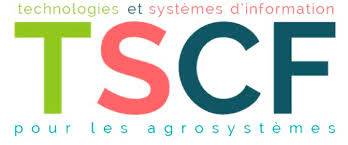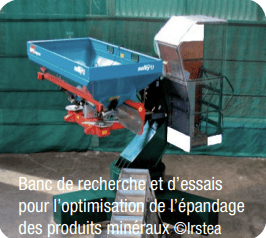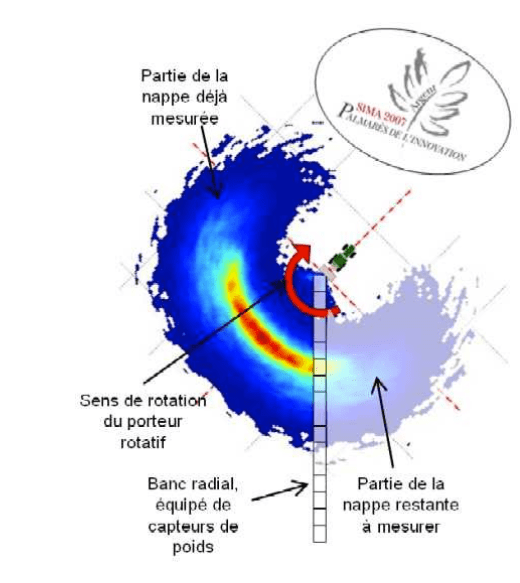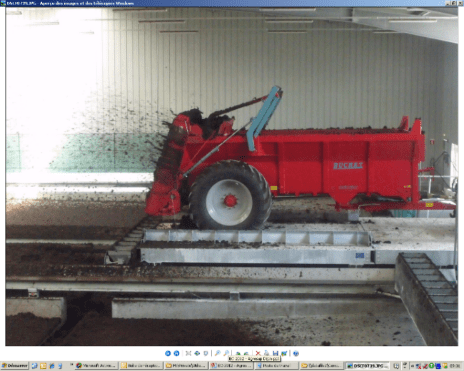Fertilizing and seeding machines
Research & Development & Engineering
Tests
Already available with existing resources
Tests to characterize spreading machines in terms of spatial distribution of mineral and organic fertilizers
The skills offered by the TSCF unit’s Pole Epandage Environnement (PEE) team are at the service of spreader manufacturers (and also fertilizer manufacturers for mineral fertilizers), enabling them to accelerate the development of their respective products.
Developments are based on synergies between “Physical Testing” AND “Modeling”.


Tests on mineral fertilizer spreading machines
The work is based on the CEMIB research and test bench dedicated to measuring the spreading performance of granular products in general and mineral fertilizers in particular.


The various software packages developed by the PEE team enable us to make full use of our knowledge of the 3D spreading layer.
Video CEMIB + CEMOB E. PIRON
Tests on organic fertilizer spreading machines - Eco-Epandage brand
The offer takes advantage of the CEMOB research and test bench dedicated to products of organic origin. The latter qualifies the performance of organic product spreading equipment (such as manure and slurry spreaders). In compliance with EN 13080 and the requirements of EN 17025, the TSCF Unit is the only laboratory able to carry out performance measurements on spreaders and tons for, in conjunction with Certipaq and AXEMA, the Eco-Farming mark. The latter guarantees the user a machine with excellent technical and environmental performance.

Testing seeding machines using the first available resources
Available by the end of 2024 with new resources in the pipeline
Characterization of seeding machine performance
The skills we have assembled (human resources and equipment) – unique in Europe – will enable us to play a major role in the design and development of new seeding equipment, essential for the development of new agro-ecological practices that break with the approaches of recent decades based on vast areas of monoculture. Agro-ecological transition is now seen as a path offering numerous opportunities for improving the sustainability and resilience of agricultural systems.
In concrete terms, reducing the use of phytosanitary products and chemical inputs, preserving the soil, combating global warming, etc. all involve encouraging a greater diversity of plant varieties and species at different spatial and temporal scales within plots. Combinations of different species or varieties organized in rows or strips of different widths – creating veritable landscape mosaics – require new seeding machines.
The offers will facilitate the acquisition of knowledge concerning the phenomena involved at the various stages of the machines, and provide the means to facilitate the modeling and evaluation of the various sub-assemblies in order to propose seeding equipment enabling, for example, multi-species precision seeding (e.g. several cereals, a combination of companion plants) at different depths in a single pass, combined or not with localized fertilizer applications.